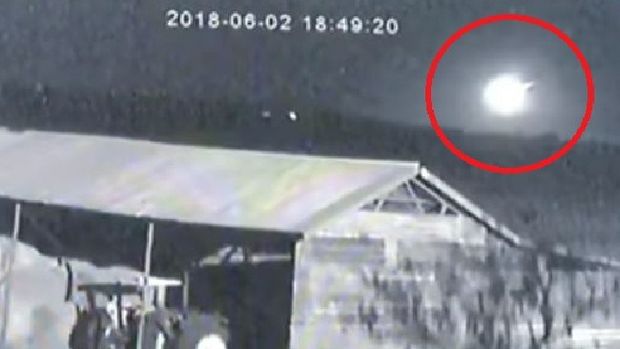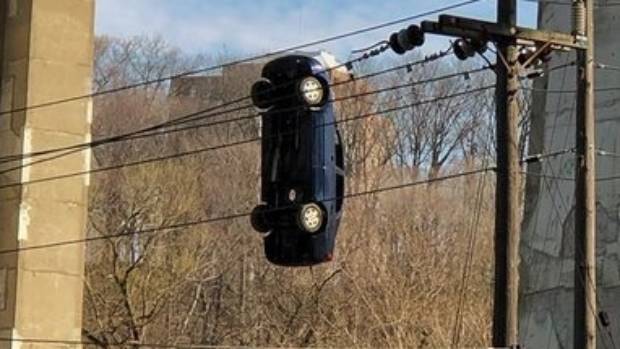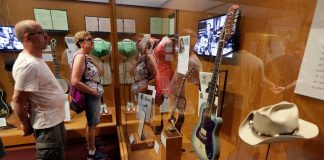
A Tiny Asteroid Just Hit Earth, Sparking a Fireball Over South Africa.
JUST hours after US space agency NASA detected it, an asteroid smashed into Botswana, Africa on the weekend.
The space rock was only about six feet (1.8 metres) wide by the time it was identified, making it a pretty small threat as far as Earth-bound asteroids go.
Given the name 2018 LA, it was first spotted by the Catalina Sky Survey in Arizona on June 2 in the US at which point the asteroid was as close to Earth as the moon, astronomers said.
“(It) was determined to be on a collision course with Earth, with impact just hours away,” NASA officials said.
The asteroid careened into Earth at about 61,155km/h meaning it covered 17 kilometres every second before incinerating as it hit a farm in the small African nation — with the stunning impact caught on camera.
Video posted on YouTube, from a farm just across the border in South Africa, showed a fireball swiftly descending and getting bigger, and then a blinding flash in the sky. It burst apart several kilometres up, according to NASA. Initial estimates had the impact zone stretching from southern Africa across the Indian Ocean into New Guinea. Tracking systems narrowed it down to southern Africa.
NASA tracks 90 per cent of near-Earth objects that are larger than 150 meters in diameter, which means it misses lots of the smaller ones until they’re close by.
“The discovery of asteroid 2018 LA is only the third time that an asteroid has been discovered to be on an impact trajectory,” Paul Chodas, manager of the Center for Near-Earth Object Studies at NASA’s Jet Propulsion Laboratory in California, said in the statement.
“It is also only the second time that the high probability of an impact was predicted well ahead of the event itself.”
It’s only the third time scientists have spotted an incoming asteroid on a direct collision course with Earth. The previous times were in 2008 and 2014.
NASA officials said the scramble among scientists and asteroid observers was a good training exercise. Their ability to zoom in on likely impact areas bodes well for the future, if and when a bigger object heads our way.
“This was a much smaller object than we are tasked to detect and warn about,” NASA’s planetary defence officer, Lindley Johnson said.
“However, this real-world event allows us to exercise our capabilities and gives some confidence our impact prediction models are adequate to respond to the potential impact of a larger object.”













